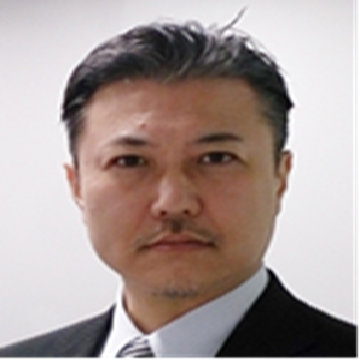4706
Scientific Program

Soshu Kirihara
Osaka University, Japan
Title: Direct ceramic additive manufacturing by ultraviolet laser lithography
Biography:
Soshu Kirihara is a professor of Joining and Welding Research Institute (JWRI), Osaka University, Japan. In his main investigation “Materials Tectonics”, geometric structures were successfully fabricated to modulate energy and materials flows effectively. Original stereolithography systems were developed, and new start-up company “SK-Fine (https://sk-fine.co.jp/en)” was established through academic-industrial collaboration.
Abstract
Dielectric ceramic components with micro lattices were successfully fabricated by newly developed ultraviolet laser lithography. As an additive manufacturing, 2D cross sections were created through dewaxing and sintering by UV laser drawing on spread resin paste including ceramic nanoparticles, and 3D composite models were sterically printed by layer laminations. As the row material of the lithography, ceramic nanoparticles from 500 nm in average diameters were dispersed in to photo sensitive liquid resins from 50 % in volume fraction. The resin paste was spread on a glass substrate at 50 μm in layer thickness by a mechanically moved knife edge. An ultraviolet laser beam of 355 nm in wavelength was adjusted at 10 μm in spot diameter and scanned on the pasted resin surface. Irradiation power was changed from 600 to 700 mW for enough solidification depth for 2D layer bonding. Table 1 shows the process conditions. Scanning speed was changed from 50 to 100 mm/s to create fine lattice structures as shown in Figs. 1 (a), (b) and (c). The half wavelength of the incident ultraviolet ray should be comparable with the nanoparticles gaps in the resin paste, therefore the dewaxing and sintering will be realized through the electromagnetic waves resonations and localizations as shown in Fig. 1 (c). Through the layer lamination, the 3D titania structures with 97% in volume fraction were successfully fabricated. The titania crystal structure was analyzed as dual phase of anatase and rutile. After the reheating treatment at 1350 °C for 2 hs, titania components with rutile phase was obtained. The linear shrinkage through the sintering was < 1 %. The dielectric constant and loss were measured as 100 and 0.3 at 0.02 THz in an electromagnetic wave frequency, respectively. The diamond lattice with four coordination number of 270 μm in periodicity could diffract electromagnetic waves of 0.25 to 0.45 THz, and exhibit forbidden gaps in transmission spectra for all spatial directions. The dielectric lattice especially call photonic crystal. Plane defects between the mirror symmetric lattice patterns of twinned crystals can resonate and localize the electro-magnetic waves, therefore permission mode and transmission peaks were formed at 0.37 THz to in the electromagnetic bandgap.
- Materials Science and Metallurgy
- Advanced Materials
- Nano Technology
- Material Synthesis and Characterization
- Optical, Magnetic and Electronic Materials
- Nano devices and Nano sensors
- Piezoelectric Materials and 3-D Printing
- Materials in Healthcare
- Bio-Nano materials and Tissues Engineering
- Ceramics and Textiles Industries
- Polymer Science and Engineering
- Sustainable Energy and Development

